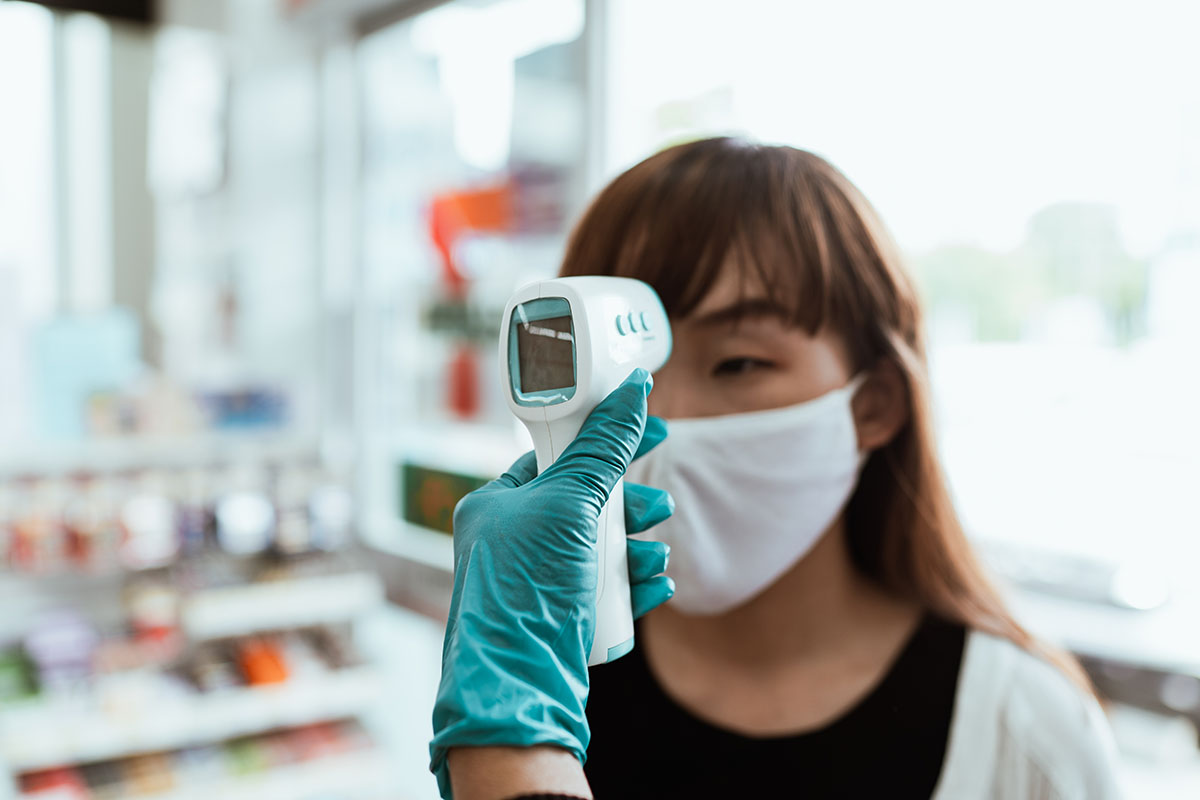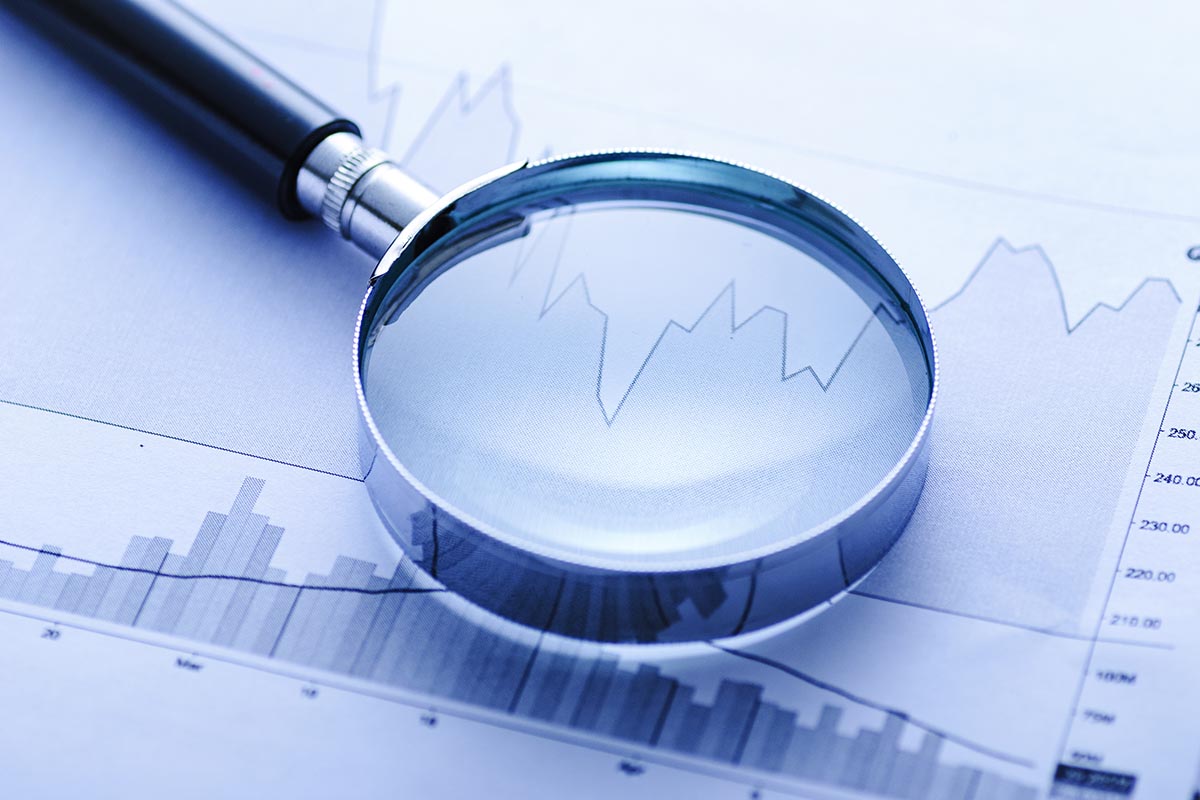Business Strategy for Companies to Continue Business During the COVID-19 Crisis
As the Covid-19 pandemic has stretched for almost the entire part of the year 2020, companies are getting desperate to find ways to reopen their businesses. Business leaders know that they need to resume the revenue generation process for the survival of the company. But they are also aware of the risks and are concerned about the welfare of their workforce.
For several business owners, the COVID-19 crisis is beyond their experience. The pandemic has created a global economic crisis, so managing the situation and continuing business activities has become inevitable for most owners. In this article, we will discuss some essential survival methods that can help owners resume the revenue generation of their company.
Business Strategy: Fever Detection Measures at the Entrance
According to the CDC, employers are responsible for screening the employees, customers, and stakeholders for fever signs before they enter the premises. Small businesses can use contactless thermometers to detect every individual’s body temperature before they enter the premises. However, it is not a feasible solution for large organizations with hundreds or thousands of employees working on each shift.
Therefore large industries use fever detection cameras to screen people in large numbers. These cameras use thermal detection technology to measure people’s body heat in a group and highlight the ones who have a body temperature of more than 100.4°F. Fever detecting cameras made by companies like Invisible Health Technologies are accurate to 0.1°F, even in the presence of thermal drifts.
These cameras use two sensors to produce the image and another to detect the infrared radiations emitted by the body. So when someone views the video feed, a person with a fever will get highlighted with warm colors on the image. If such a person gets detected by the camera, they must get checked further with an FDA approved method of fever detection. A secondary check is required since thermal cameras can read the skin temperature and not the person’s internal body temperature.
The FDA states that thermal cameras are approved medical devices to screen people for the presence of the COVID-19 virus. Thermal imaging has been used successfully by the security industry since before the COVID-19 pandemic started. It is also evident that fever detecting cameras are an effective tool to mitigate infection risks from the virus.
Records of Employee Locations and Travel Routes
Organizations would need to keep track of where the employees live and their travel routes. That will allow the companies to know which members of the workforce reside or travel through high-risk areas. In such cases, the organization can either ask the employees to work from home or isolate their work area.
There must be comprehensive policies in place for sick leaves and absences, especially about reporting illness and rejoining after recovery. If any employees are working overseas, they need to decide whether they need to be brought back to the country. These policies must also get reviewed and updated periodically to ensure that they are kept up to date.
Review of Business Continuity Plans
Most companies have business continuity plans for emergencies. However, the Covid-19 crisis was an unprecedented one, and very few businesses were prepared for such a widespread pandemic. Therefore, organizations must review their business continuity plans and tailor them to cope up with the crisis.
If employees can work from home, does the business have the infrastructure in place to facilitate that? What will be the impact on the operations if the outsourced work gets disrupted? How will the organization maintain communication with its workforce? These are the types of questions that must get answered by the updated business continuity plan.
Business Strategy: Evaluation of Supply Chains and Logistics
Businesses must gather a clear understanding of their supply chains and logistics to understand the vulnerable areas. Steps must be taken to ensure the availability of the company’s essential products to continue business operations.
If certain suppliers cannot deliver the raw materials required, the organization must contact or look for alternative vendors. For example, several companies that depended on China’s manufactured goods have shifted to suppliers from South Korea, Taiwan, and Vietnam.
Getting supplies and producing goods would not be enough to generate revenues. Organizations must also evaluate the logistic chain to ensure that the products reach the consumers. The pandemic may have affected the delivery options, so the company must select alternatives to choose from, including back-up options.
The unprecedented nature of the COVID-19 pandemic and the lack of foresight about the vaccine has made things complicated for businesses. But the economy of the country cannot survive for long if companies do not resume their businesses. Organizations must have some strategies to ensure the safety of employees and the continuation of the business.




















